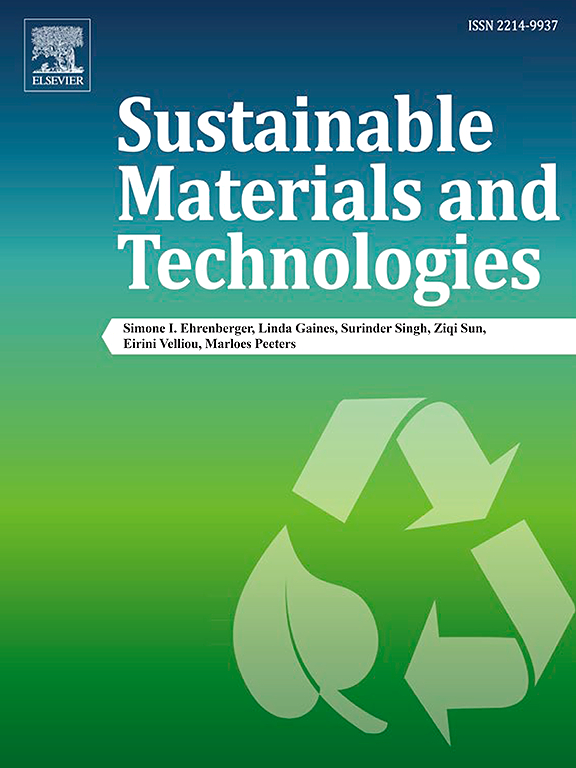Exploring printing methods for continuous natural fiber-reinforced thermoplastic biocomposites: A comparative study
IF 8.6
2区 工程技术
Q1 ENERGY & FUELS
引用次数: 0
Abstract
Continuous Fiber-Reinforced Thermoplastic Composites (CFRTPCs) are revolutionizing various industry sectors by enabling a combination of design, optimization, and high performance. The use of continuous natural fiber reinforcement integrates these factors with the potential for developing a sustainable product with a lower ecological footprint compared to tradition composites. However, challenges such as optimizing fiber-matrix impregnation and the identification of the most suitable manufacturing process for structural components remain significant. The objective of this study is to address these challenges by comparing the two main continuous printing methodologies - in-situ impregnation and semi-finished filament fabrication -in their application to natural fiber-reinforced composites. To achieve this, a method for manufacturing semi-finished filaments was developed and compared with the in-nozzle impregnation process by modifying a commercially available 3D printer. Image analysis, surface roughness measurements, deposition rates, and mechanical tests revealed that the semi-finished filament method resulted in better fiber-matrix impregnation, significantly improving tensile strength and elastic modulus by up to 18.4 % compared to the in-nozzle method. Additionally, the semi-finished filament process demonstrated a higher deposition rate, reaching 400 mm/s, compared to 300 mm/s for the in-nozzle process.

求助全文
约1分钟内获得全文
求助全文
来源期刊

Sustainable Materials and Technologies
Energy-Renewable Energy, Sustainability and the Environment
CiteScore
13.40
自引率
4.20%
发文量
158
审稿时长
45 days
期刊介绍:
Sustainable Materials and Technologies (SM&T), an international, cross-disciplinary, fully open access journal published by Elsevier, focuses on original full-length research articles and reviews. It covers applied or fundamental science of nano-, micro-, meso-, and macro-scale aspects of materials and technologies for sustainable development. SM&T gives special attention to contributions that bridge the knowledge gap between materials and system designs.
 求助内容:
求助内容: 应助结果提醒方式:
应助结果提醒方式:


